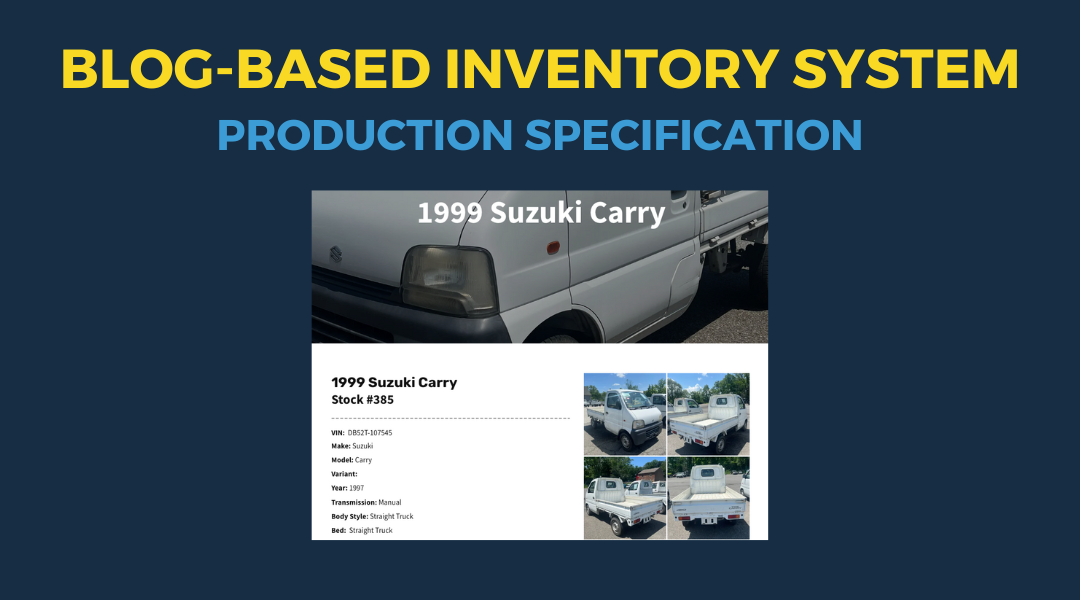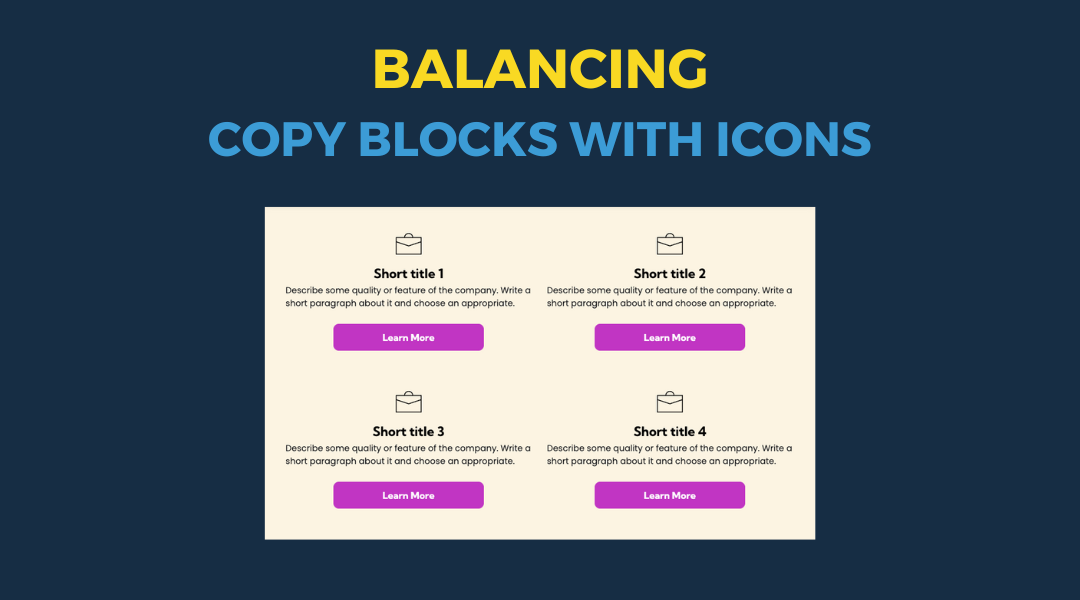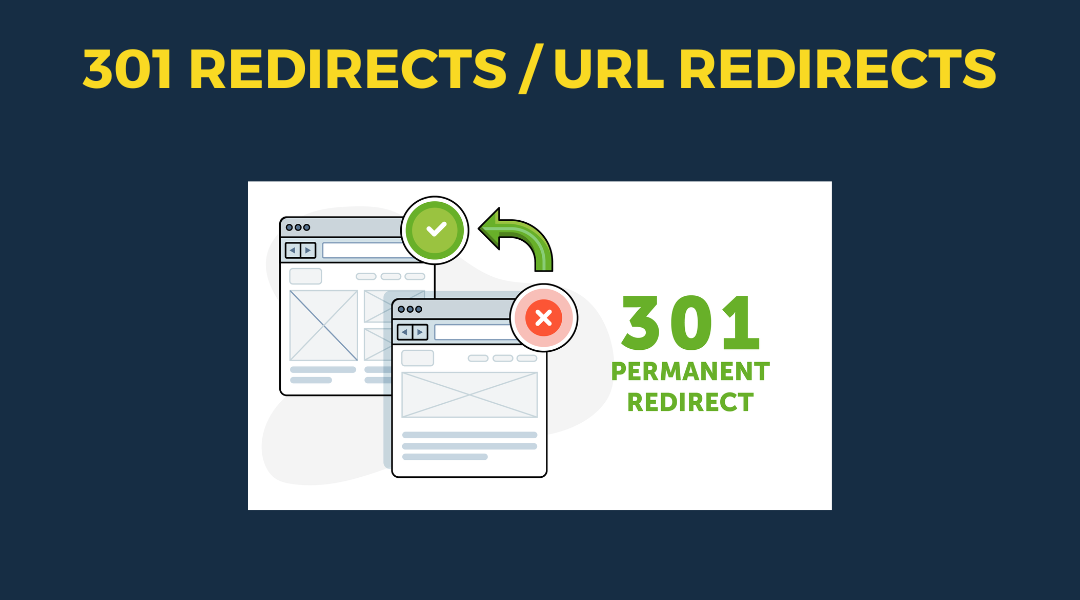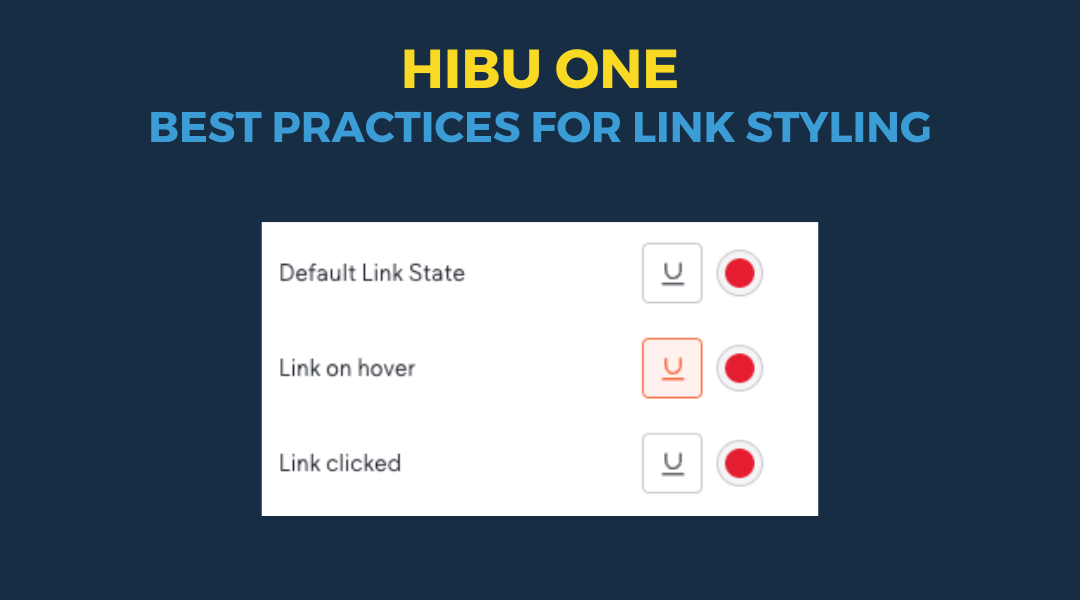The Importance of Pixel-Perfect Header Alignment
The Importance of Pixel-Perfect Header Alignment
Ensuring a consistent user experience on a website means header elements like the geo-location, phone number, reviews widget, and logo must align perfectly across all pages. This prevents any disruptive 'jumping' of elements as users navigate from the homepage to internal pages.
Precise alignment of these elements not only upholds a professional appearance but also reinforces user trust by providing a smooth, predictable browsing experience. Consistent positioning of the logo, for example, reaffirms the user's confidence in the brand with every click.
In short, pixel-perfect header elements are crucial for seamless navigation, maintaining user engagement, and showcasing a commitment to quality in web design. This attention to detail reflects positively on the brand's reliability and professionalism.
Inconsistent Header Alignment Example


Consistent Header Alignment Example





